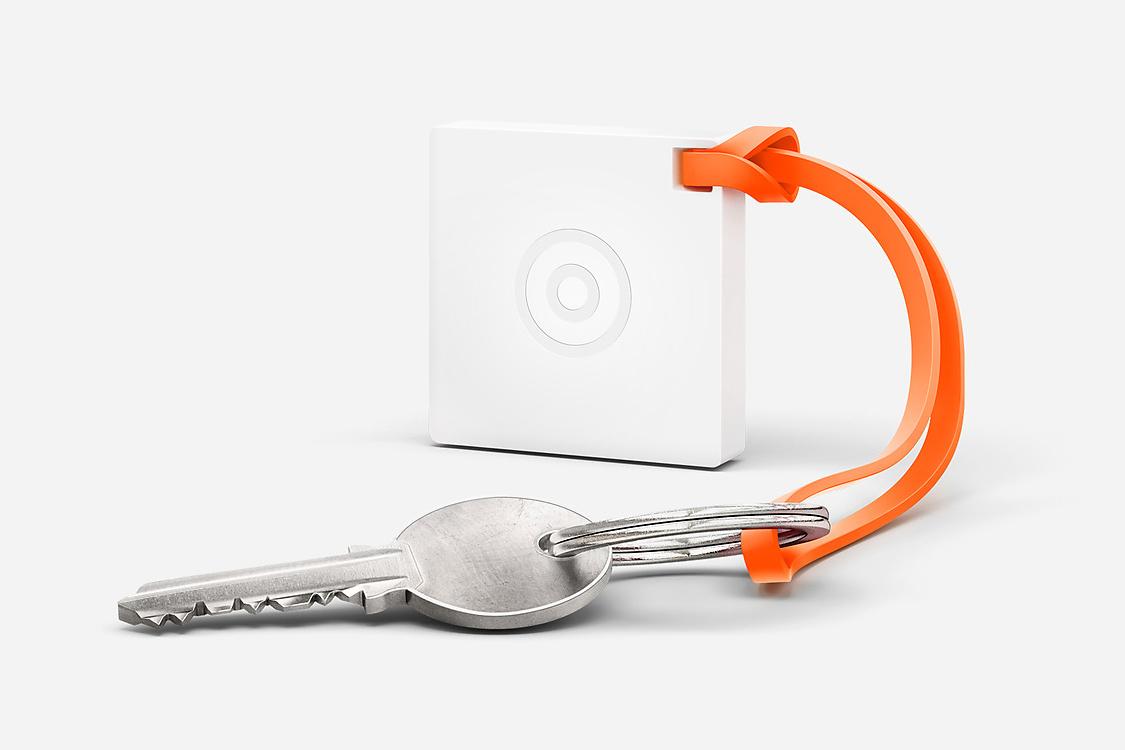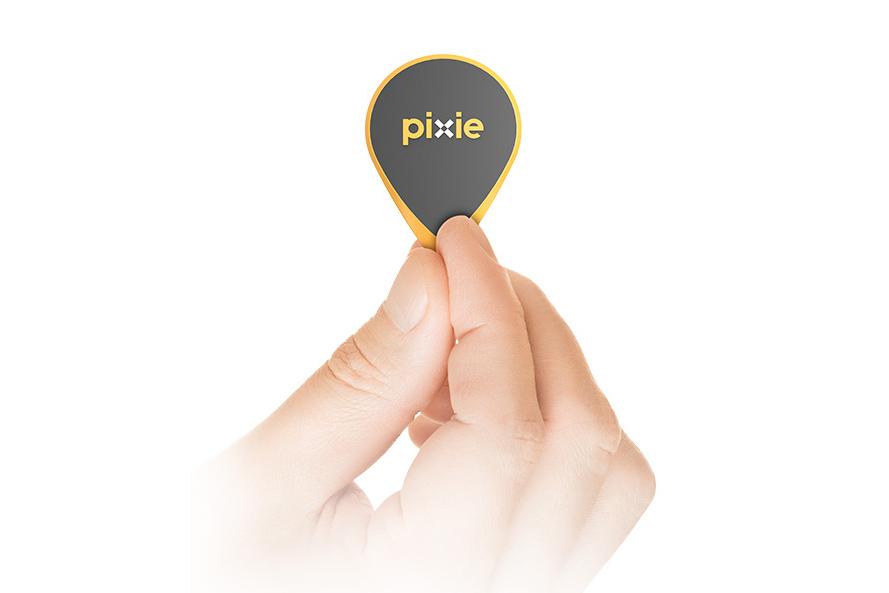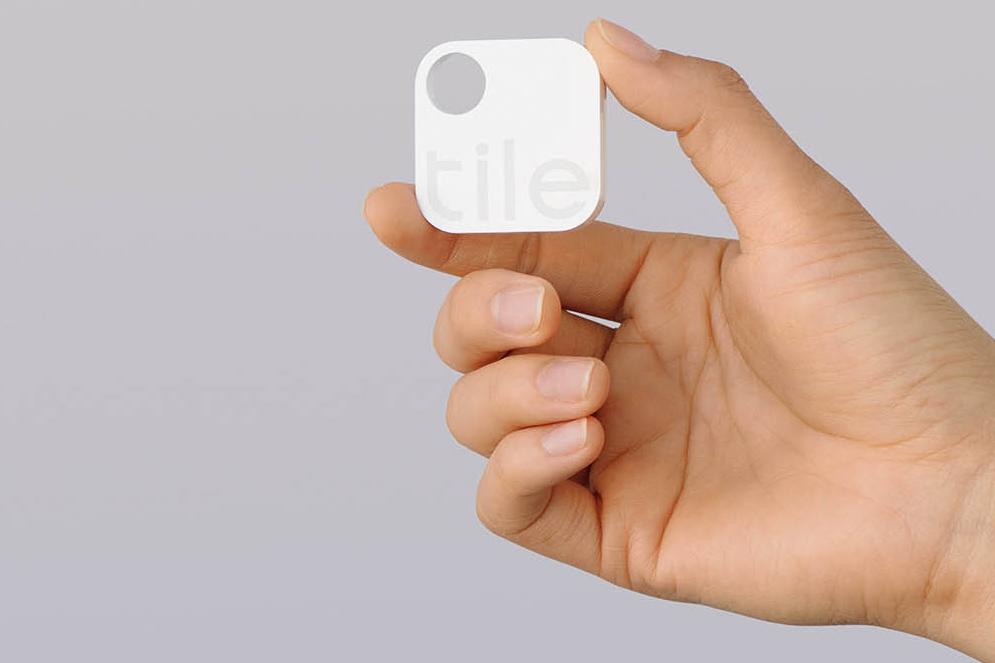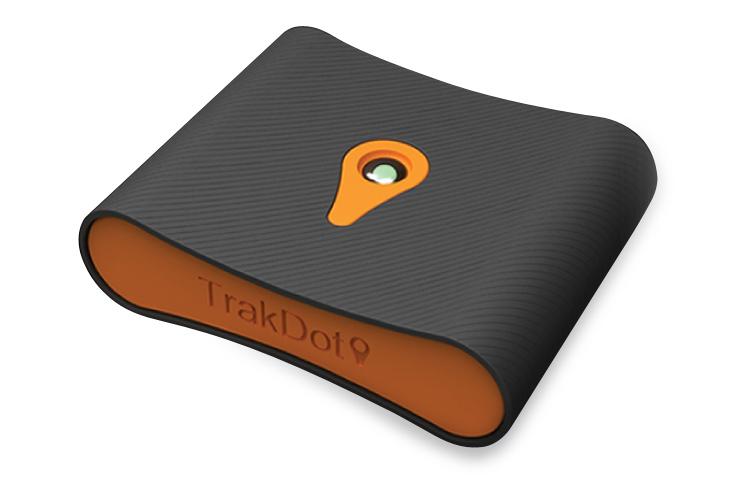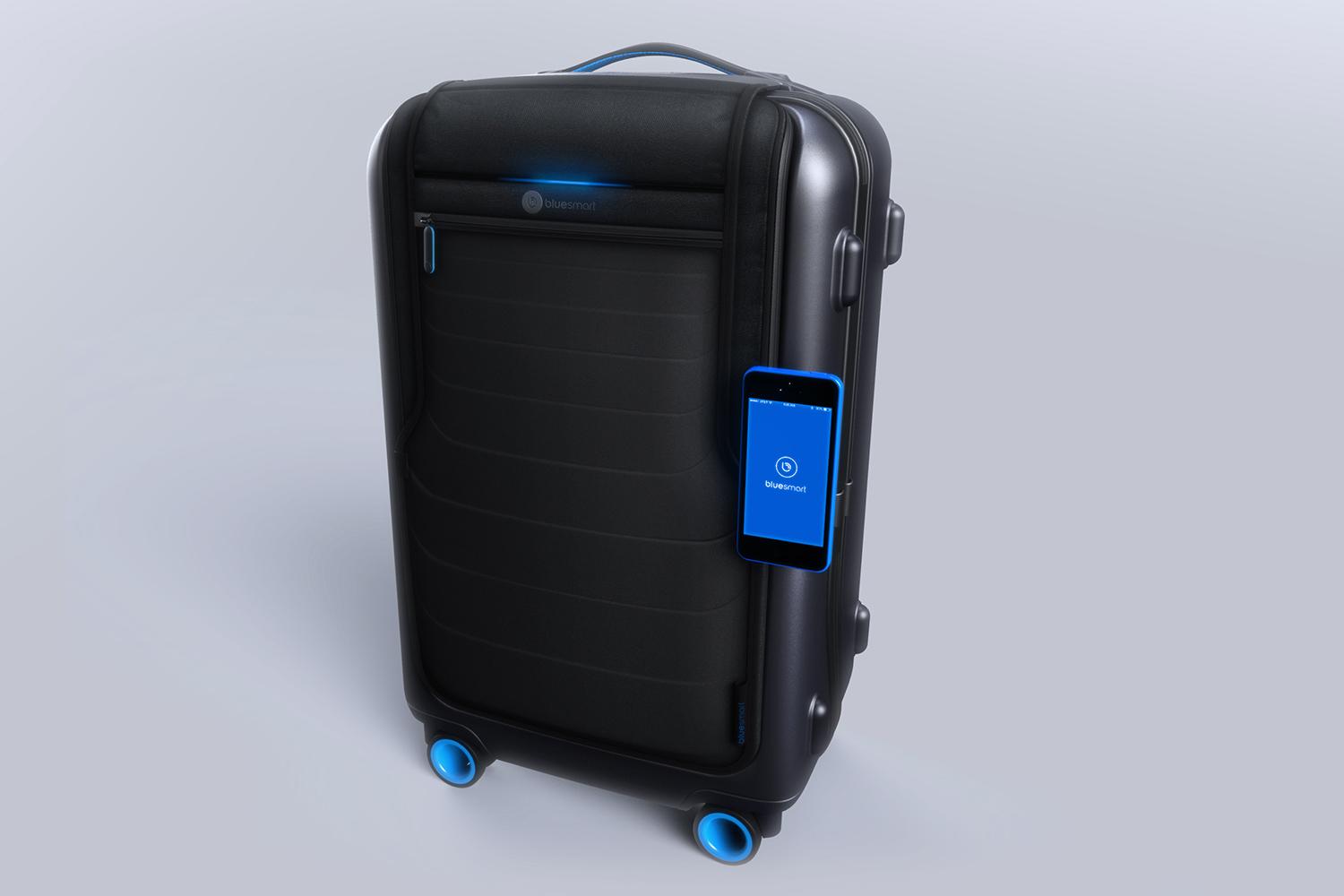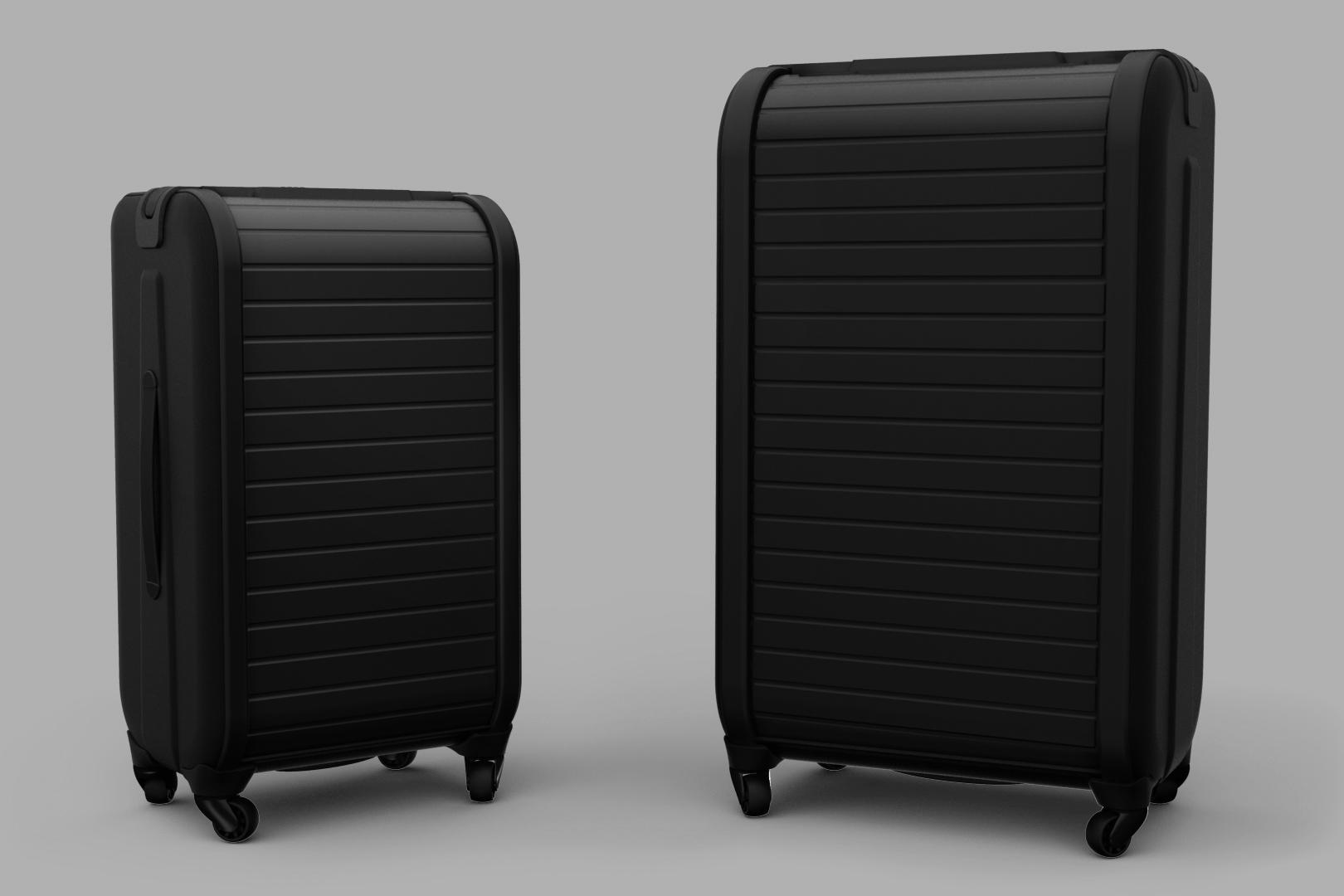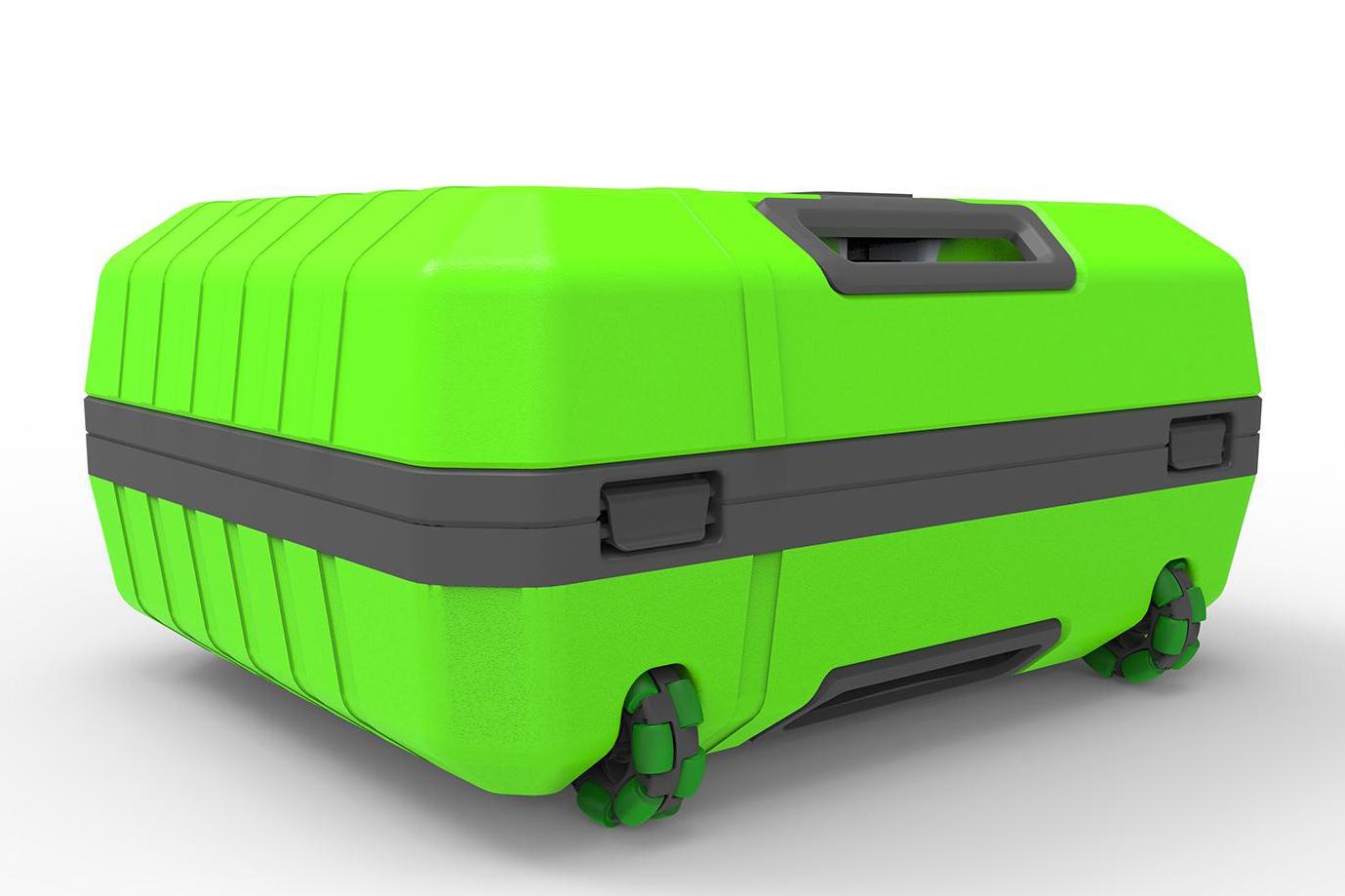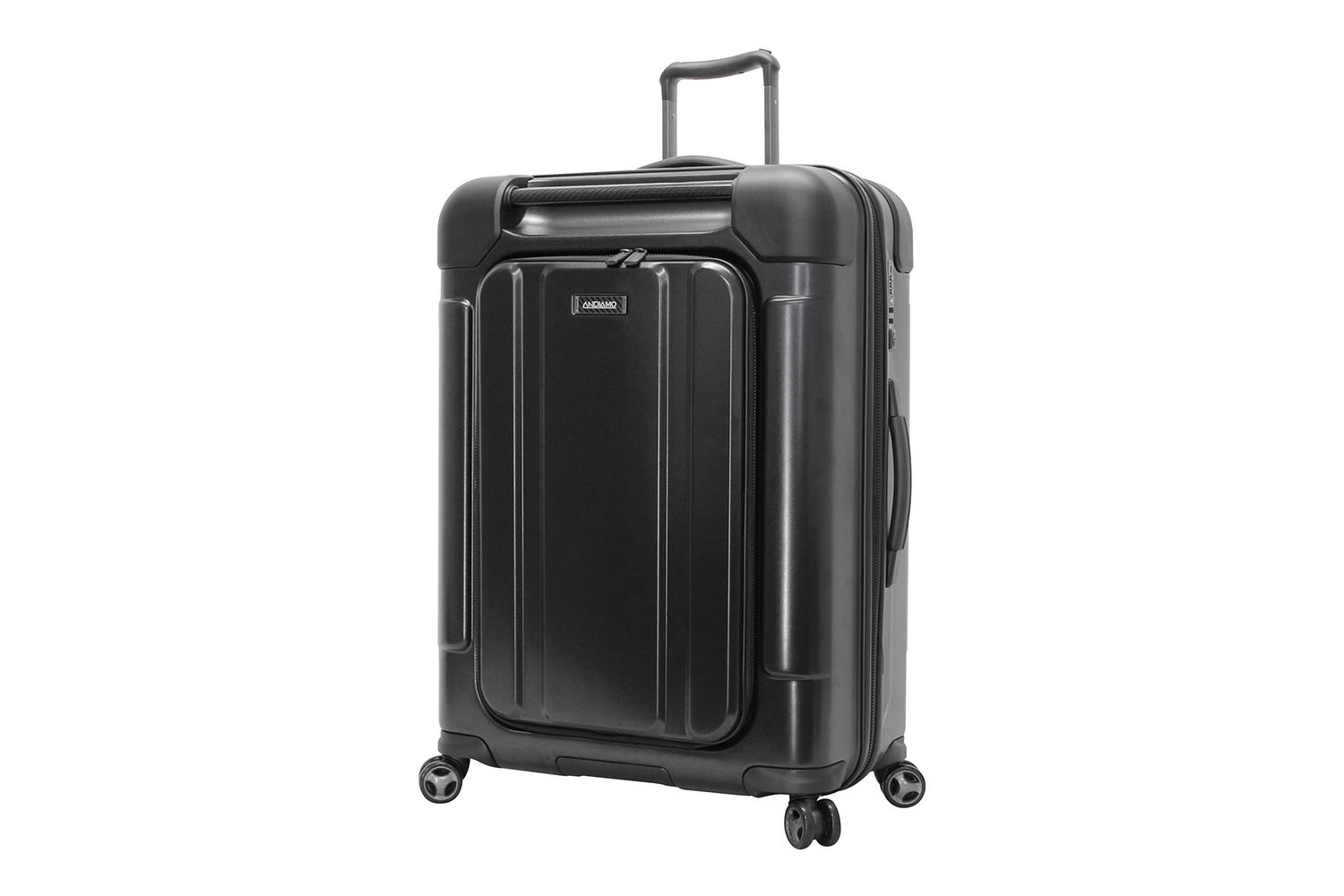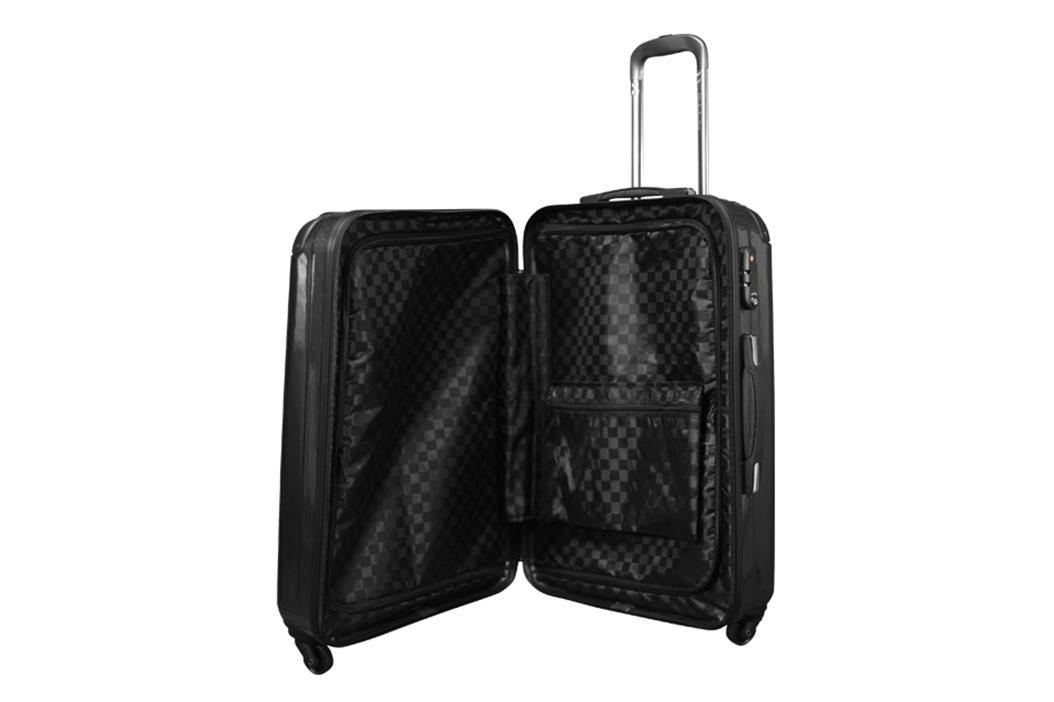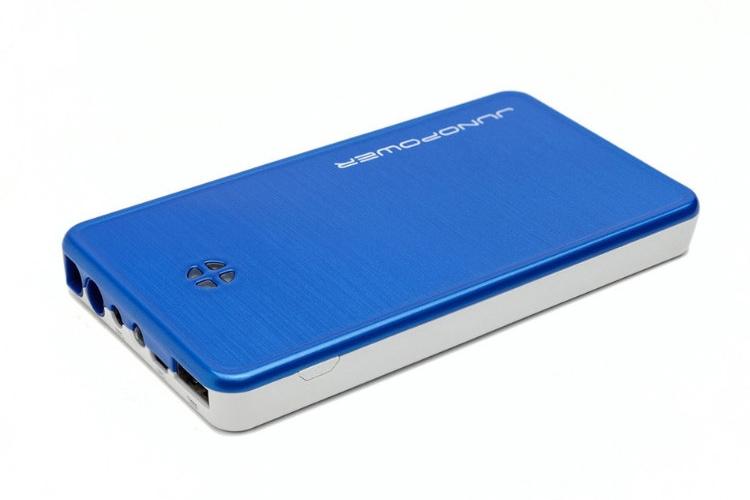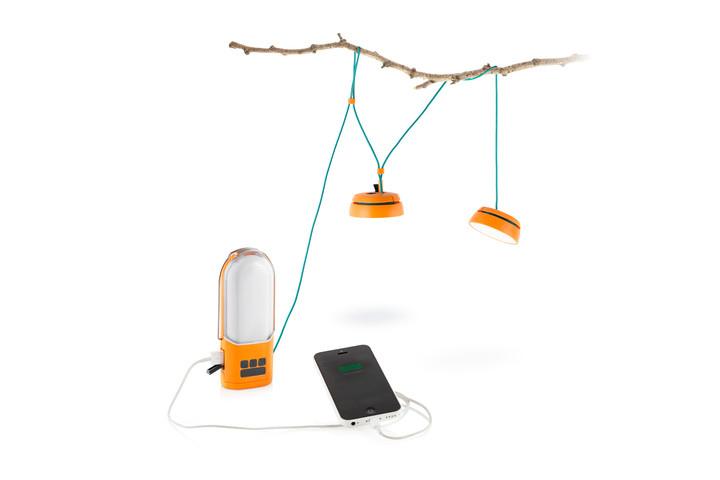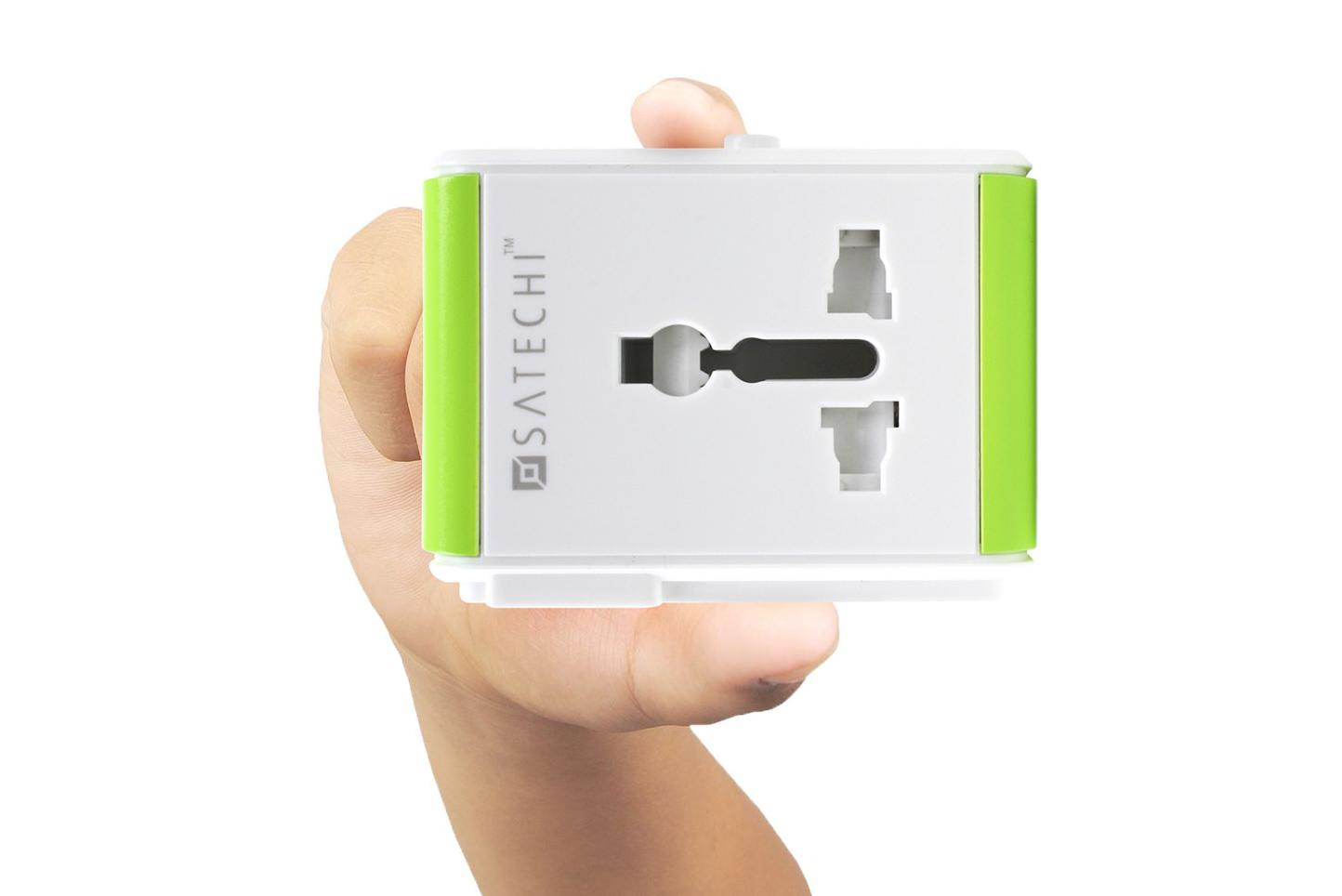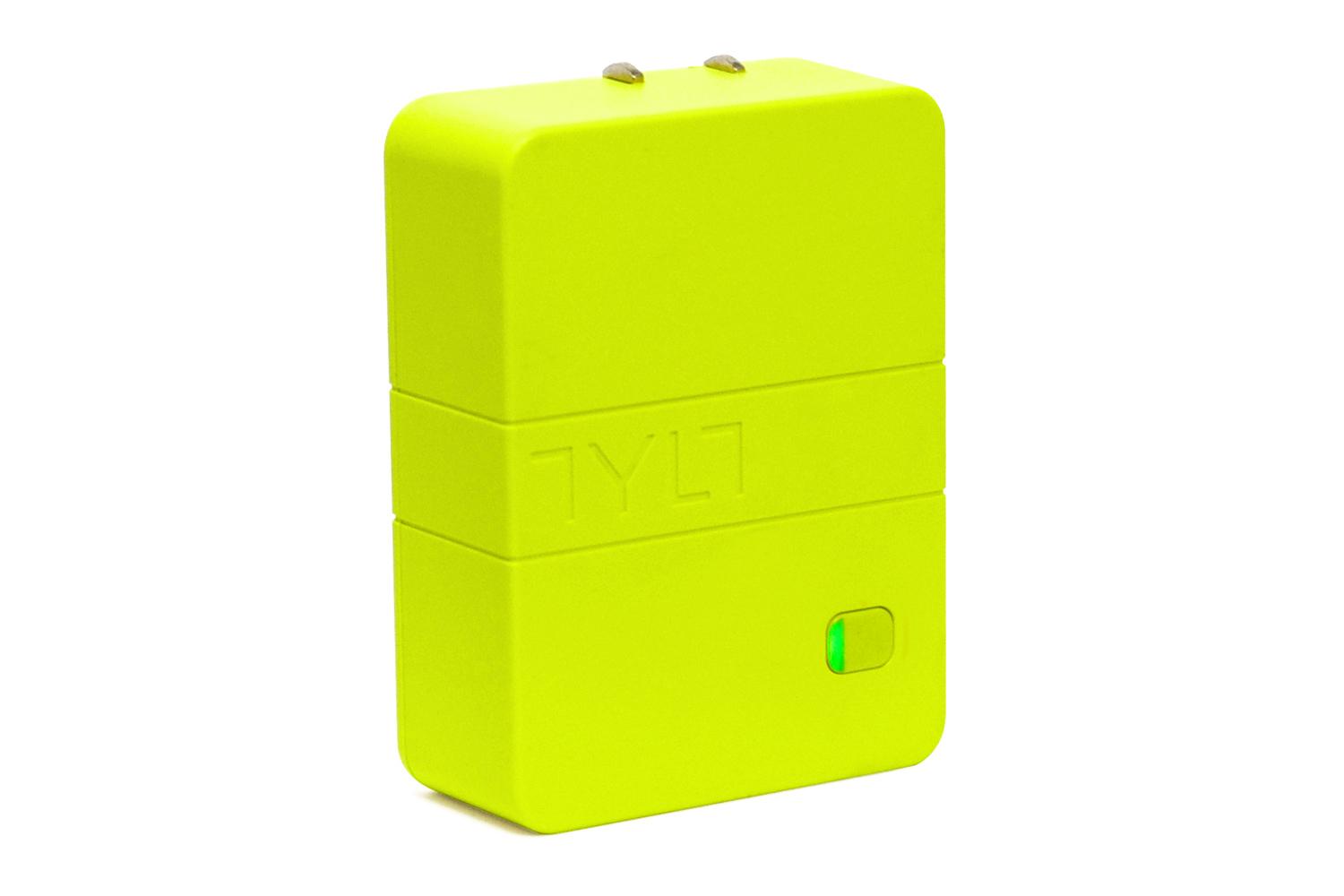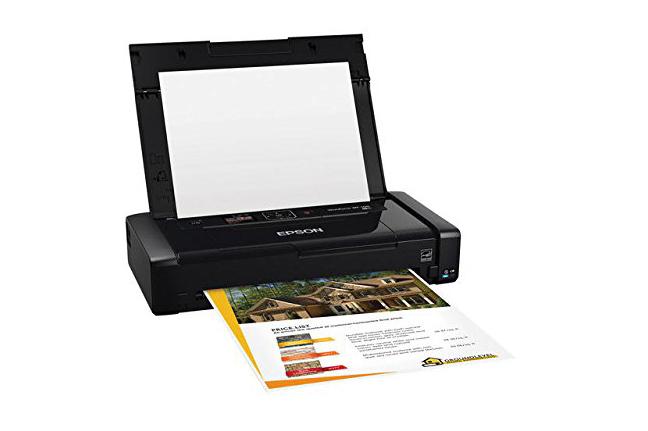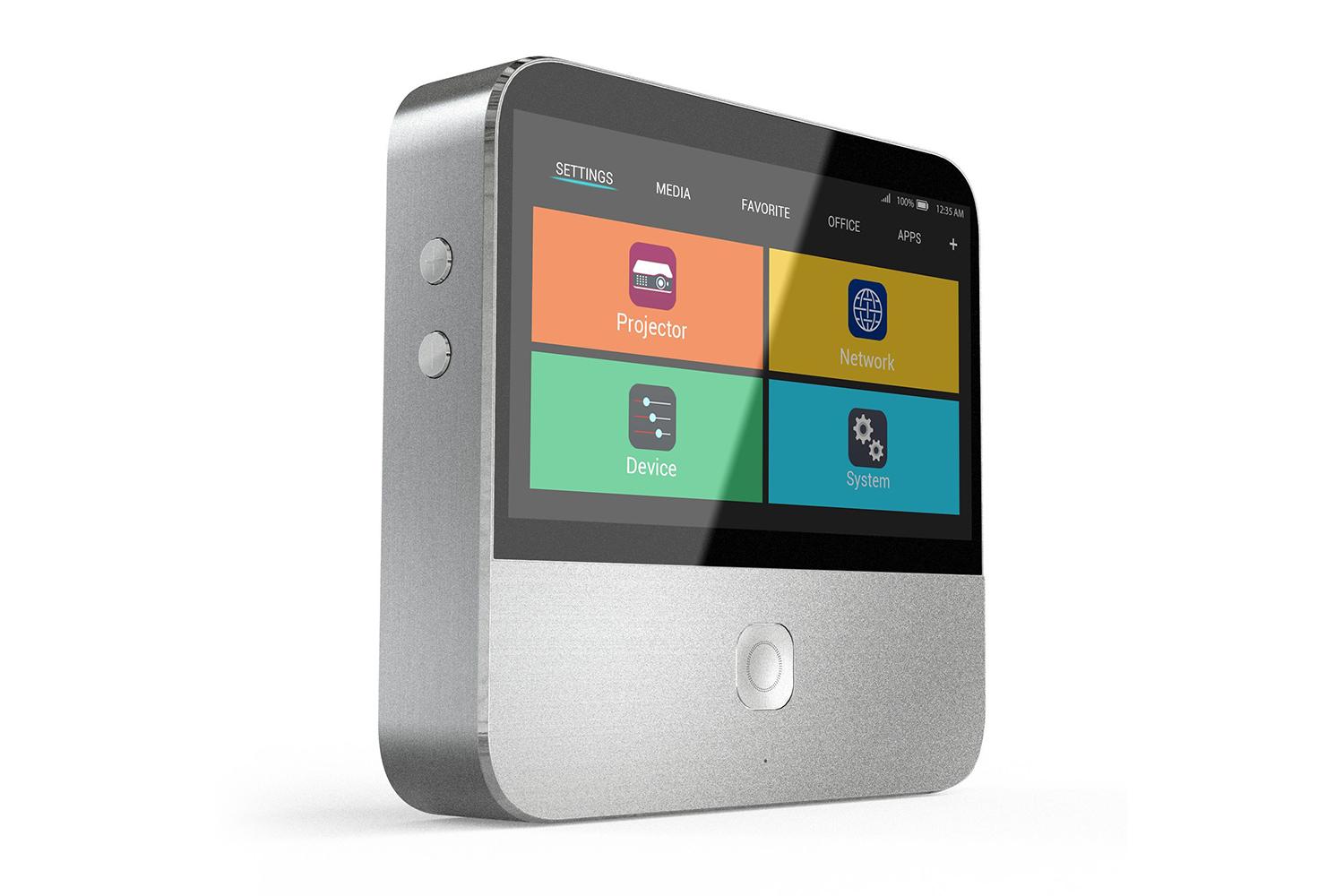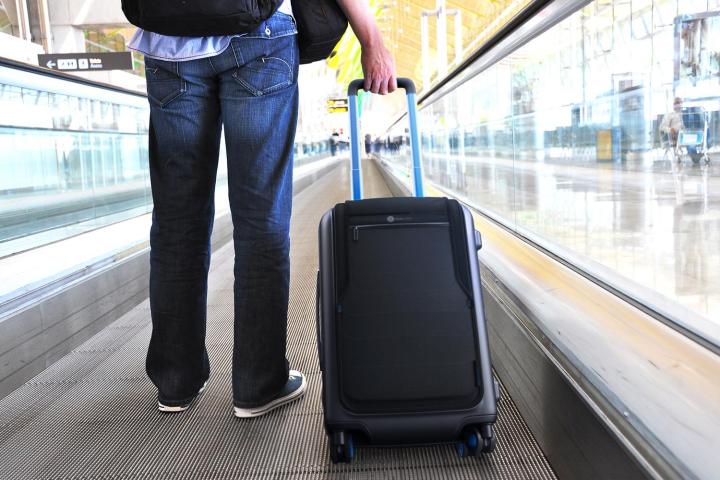
But smart travel gear goes beyond smart devices. From wireless fobs that keep track of your possessions to luggage that knows how much it weighs, here are some of the latest tech advancements designed for today’s traveler.
Wireless tracking
It’s easy to misplace things when you’re in unfamiliar territory, whether it’s your keys, camera, or luggage. Thanks to wireless technologies like Bluetooth and radio-frequency identification (RFID), you now have a better chance of tracking down lost items.
Microsoft’s (nee Nokia) Treasure Tag Mini ($17) is an affordable fob you can attach to a handbag, camera bag, keys, or whatever you hold dear. When paired with the Treasure Tag app, you’ll be alerted when you move too far away from the tagged item. If the connection breaks, the app remembers the item’s last location. Plus, it doubles as a camera remote. The Treasure Tag Mini works best with Windows Phone devices, but can be used with iOS and Android. Other options include Pixie ($40 for four) and Tile ($25).
Perhaps no item is more infamously lost or stolen than checked luggage. Airlines still use an old system that relies on bar codes that are scanned into the system along the way, but the industry is incorporating RFID to better track a bag’s whereabouts — provided it’s in the airport area. But one product called Trakdot ($50, plus subscription) goes one step further: Instead of RFID, the device, which goes inside your luggage, uses cell towers to pinpoint its location. When it’s out of range, it goes into sleep mode, but as long as it has a signal, you can quickly determine whether the bag has made it to the same destination.
Smarter bags
Suitcases are no longer just dumb boxes you pack clothes and souvenirs into. Big-name luggage makers like Samsonite and Rimowa are creating bags that offer techie conveniences like tracking, charging, and Wi-Fi hotspot, but there are other startups developing innovative luggage as well.
Bluesmart claims to be the world’s first smart, connected luggage, but we see it as the ultimate traveler’s bag. It has a digital lock that’s operated remotely; location tracking using GPS; built-in scale; proximity alert; and a large 10,000-mAh battery – all done via a smartphone app. It’s also made tough with three layers of polycarbonate and an aluminum handle. The bag, which smashed through its Indiegogo campaign, can be preordered for $319.
While Bluesmart may be the first, it won’t be the only. Trunkster offers nearly the same features as Bluesmart (battery charging, digital scale, luggage tracking), but it has a zipperless opening and it’s water-, drop-, and impact-resistant. It also has a higher-capacity battery (12,000 mAh) than the Bluesmart. A Kickstarter success, Trunkster is available in two sizes, and starts at $325.
Another Kickstarter success is Fugu. This bag’s cleverness comes not from electronics, but simply the ability to transform from a small carry-on into a larger-size check-in suitcase, using a small motor and air. The Fugu starts at $225, and is available for preorder.
Luggage maker 24-7 International recently unveiled the Andiamo iQ smart bag at the 2015 Travel Goods Show. The sleek hard case, available in fall 2015 (pricing TBD), is similar to the Bluesmart: paired with a smartphone app, the iQ has smart locks, digital scale, battery charger, and distance alert. But it also functions as a Wi-Fi hotspot.
If you care more about staying healthy than being connected, the ThermalStrike Heated Luggage ($250) is for you. When plugged in, internal heating elements can reach 140-degrees Fahrenheit, which, according to ThermalStrike, is enough to kill off bed bugs and eggs, but safe for other items (do not put chocolate souvenirs in there). For those who stay in budget motels often, this suitcase may offer some peace of mind.
Stay charged
As we’re carrying more and more power-hungry gadgets when we travel, there is this constant need for juice.
The Energi 2K Smart Travel Charger ($40) from TYLT doubles as a wall charger and a 2,200-mAh battery. It works with any device that recharges via USB, so you can pack fewer plugs that add weight to your carry-on.
As the name implies, Satechi’s Travel Router/Travel Adapter ($50) is a portable Wi-Fi router (802.11n) that plugs into various plug configurations. You can hardwire it via Ethernet, or use it to strengthen an existing Wi-Fi network.
For campers, the BioLite NanoGrid ($100) should be part of your gear. When fully charged, the main unit, called the PowerLight can power 3.5 GoPro action cams, three smart phones, or an LED torch for 72 hours. It also has an emergency strobe setting. Complementing the PowerLight are SiteLights, which can be strung around a campsite.
The same portable battery you use to recharge a smartphone can also jump a car battery when it’s dead. The Juno Power Junojumpr ($100) uses a 6,000-mAh portable battery to provide enough power to jumpstart most cars.
Compact business tools
Mobile road warriors are often burdened with heavy equipment, but laptops aren’t the only things getting smaller and lighter.
If you need to print on the go, skip the hotel business center and bring along Epson’s WorkForce WF-100 portable printer ($350). Not only is it the world’s smallest and lightest – it weighs 3.5 pounds – but you can produce full-color documents and small photos. It also has Wi-Fi and a rechargeable battery.
ZTE is still relatively unknown stateside, but the company unveiled its second compact, portable projector that doubles as a Wi-Fi hotspot. More mini computer than projector, the smart device (coming to AT&T) runs Android (4.4) natively on a 5-inch touchscreen, and also serves as a 4G LTE hotspot. Whether it’s a YouTube clip or a video source connected via HDMI, the built-in 200-lumens projector can output a 720p image (during a preview at the 2015 CES show, we thought image and sound quality were great). Paired with the Epson printer and a laptop, and you’ve built yourself a mini office, wherever you may be.
Smartphone and digital camera hybrid

Panasonic isn’t the first to create a smartphone-camera hybrid (that honor goes to Samsung), but it has built the most powerful and sexiest device yet. Introduced at the 2014 Photokina show, the Lumix CM1 packs a 1-inch sensor and Leica-designed lens into a 2.3-GHz quad-core smartphone running Android. It isn’t larger than most new smartphones, but its body doesn’t protrude out like Samsung’s Galaxy Cameras. Plus, it can shoot 4K videos at 15 frames per second and RAW images. From our experience, we found performance to be incredibly responsive and image quality to be excellent.
If you want to leave the DSLR at home, but you hate the image quality of your smartphone, the CM1 may be the best travel camera alternative.
